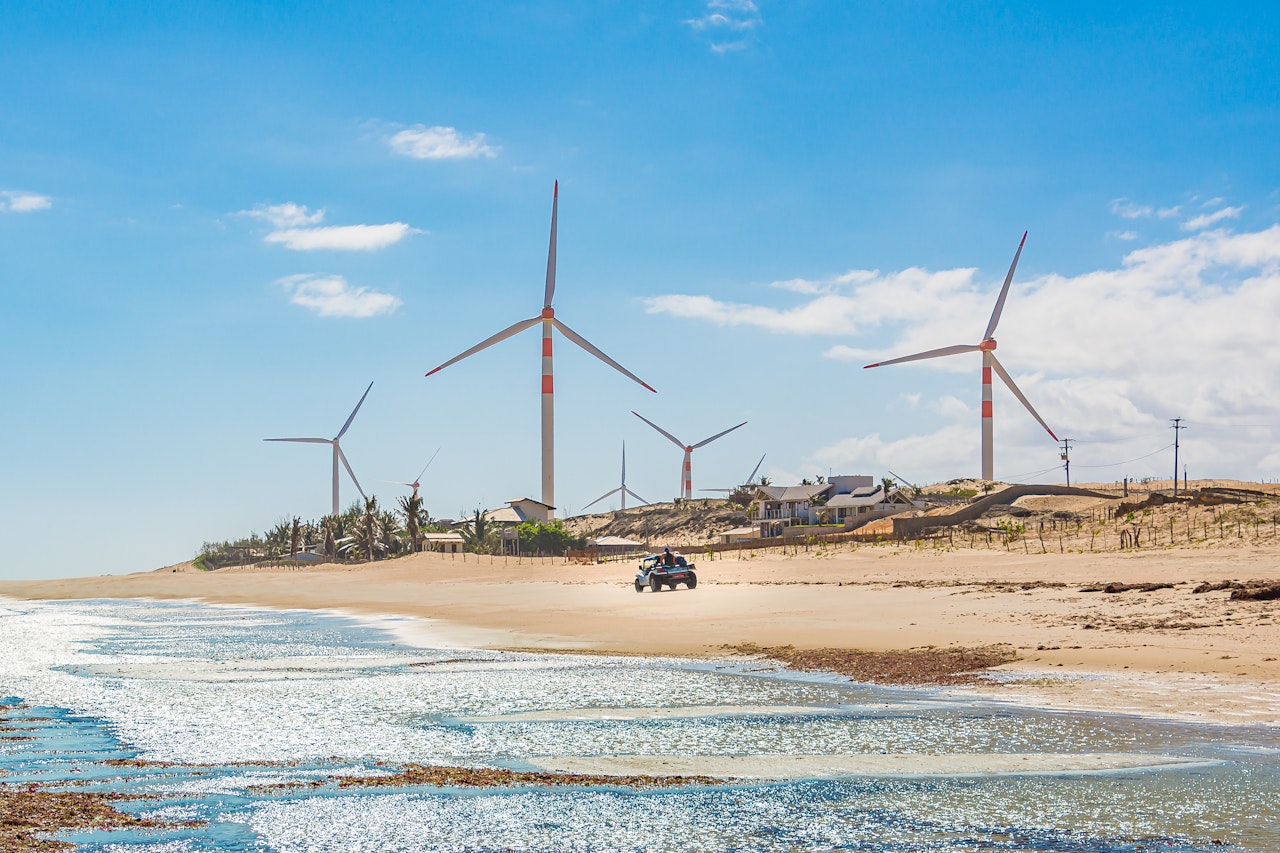Reducing the Cost of Capital
Strategies to unlock clean energy investment in emerging and developing economies

About this report
Investment in emerging and developing economies (EMDEs outside China) needs to increase more than sixfold by the early 2030s to get on track to limit global temperature rise to 1.5°C. A high cost of capital in these countries makes it much more difficult to attract investment. With growing international attention to this issue, the International Energy Agency (IEA) was tasked by the Paris Summit on a New Global Financing Pact in June 2023 to make recommendations on how to bring down the cost of capital for clean energy investment in EMDEs.
This report builds on previous IEA analysis and on new survey data collected for the IEA’s Cost of Capital Observatory project. The cost of capital is particularly important for clean energy projects which typically have high upfront costs during development. In EMDEs, the cost of capital is far higher relative to advanced economies and China due to real and perceived risks. Country-related risks such as currency fluctuations or the rule of law, and sector- and project-related risks including revenue flows, regulatory uncertainty and access to the grids are among the main concerns for investors. Reducing these risks will be key to lowering the cost of capital and in turn unlocking clean energy investment in the parts of the world that most need it.
This special report provides detailed insights into the risk factors that affect financing costs across different clean energy sectors in EMDEs and provides recommendations of what can be done to address them.
Online table of contents
Cost of Capital Observatory
The Cost of Capital Observatory is an initiative from the IEA, the World Economic Forum, ETH Zurich and Imperial College London. The aim of the Observatory is to increase transparency in the energy sector and inspire investor confidence, especially in emerging and developing countries where data on financing costs is scarcer.
